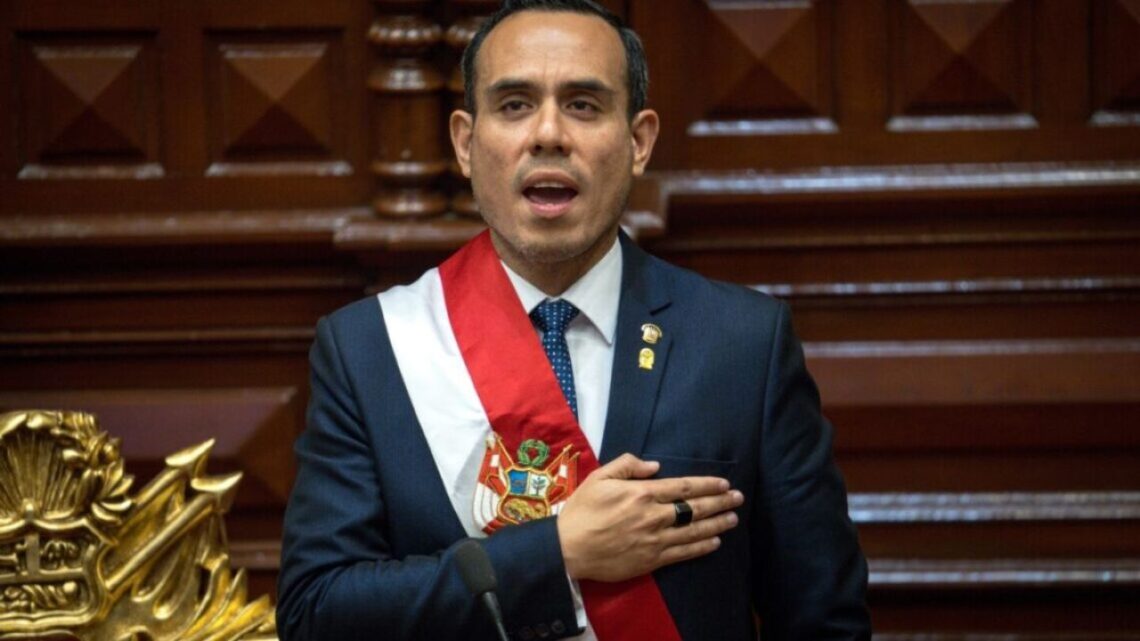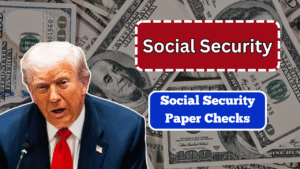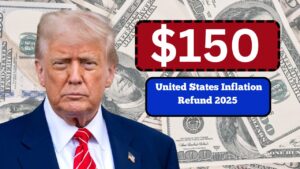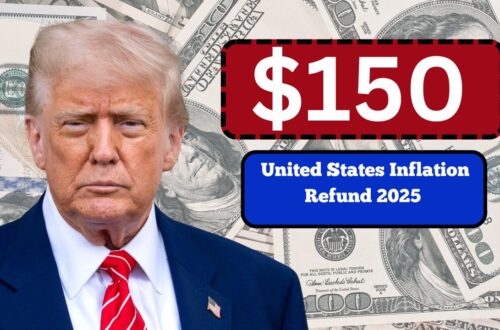Peru has descended into political chaos after Congress voted to remove President Dina Boluarte on grounds of “permanent moral incapacity.”
In a dramatic overnight session on October 10, 2025, lawmakers approved the motion overwhelmingly, and José Jerí, then President of Congress, was sworn in as interim president.
As of now, at least one protester has died, and over 100 people have been injured in clashes erupting across Lima and other cities.
The Removal of Boluarte- How It Happened
Congress convened a marathon session late into the night.
Citing the government’s failure to curb rising violent crime, widespread corruption, and general institutional paralysis, legislators mobilized for the vacancy motion.
In the vote, 122 lawmakers backed the removal (with none opposed), far exceeding the constitutional threshold required for vacancy.
Immediately following the decision, José Jerí took the constitutional oath to complete the remainder of Boluarte’s term, through July 28, 2026.
Jerí’s interim role hinges on maintaining Peru’s constitutionally scheduled general elections in April 2026.
Why Congress Acted- The Justifications
Boluarte’s administration had been losing public support amid mounting scandals and accusations of mismanagement.
Congress accused her of failing to stem the tide of serious crime, especially extortion, gang violence, and organized criminal activity.
Lawmakers argued that the government’s strategies were ineffective and that Boluarte had lost the moral authority to lead.
Multiple impeachment attempts had been launched in preceding months. The final push combined political pressure, public frustration, and institutional impasse.
The Aftermath- Protests, Violence, and Anger
Far from stabilizing the situation, the transition exacerbated tensions. Protest movements—led largely by youth and civil society groups—took to the streets to demand accountability, justice, and structural change.
In Lima and several regions, confrontations between protesters and security forces escalated.
One protester, Eduardo Mauricio Ruíz, was killed; his death galvanized calls for urgent reform. Injury tallies surpass 100 individuals, including protesters and police officers.
National agencies reported 24 protesters and 80 police wounded, though other counts suggest higher rates of injury among both sides.
President Jerí has refused to step down, condemning the violence and pledging thorough investigations, while promising a renewed focus on public security.
Jerí’s Challenge: Governing Under Fire
Jerí inherits a deeply divided nation.
Public trust in political institutions is at an historic low. His administration must deliver quick, visible results on security, anti-corruption, and dialogue with civil society to earn legitimacy.
Though some critics point to his past allegations (which were previously shelved or dismissed), Jerí insists he is committed to transparency.
His success will depend on his capacity to forge coalitions in Congress, restrain violent conflict, and protect civil rights ahead of the April 2026 election.
Key Facts at a Glance
| Item | Detail |
|---|---|
| Date of removal | October 10, 2025 |
| Reason cited | “Permanent moral incapacity” |
| Vote result | 122 in favor — 0 opposed |
| Incoming leader | José Jerí (interim president) |
| Term to complete | Until July 28, 2026 |
| Election scheduled | April 2026 |
| Casualties in protests | ≥ 1 dead; > 100 injured in total |
| Reported breakdown | 24 protesters injured; 80 police injured |
What to Watch Going Forward
- Security measures: Jerí must reduce extortion, gang violence, and street crime without overreaching or triggering further backlash.
- Dialogue vs force: Whether the new government engages protest movements and civil society or doubles down on repression.
- Electoral legitimacy: Maintaining the April 2026 timetable and rebuilding institutional trust will be key.
Peru now faces a volatile crossroads. The removal of President Boluarte and the installation of José Jerí have not quelled public anger — they may have intensified it.
The new administration’s legitimacy will be judged by its ability to curb violence, initiate reforms, and shepherd Peru to peaceful elections.
With youth activists in the vanguard and widespread demands for transparency and justice, the coming months will be critical for Peru’s democratic stability and social cohesion.









